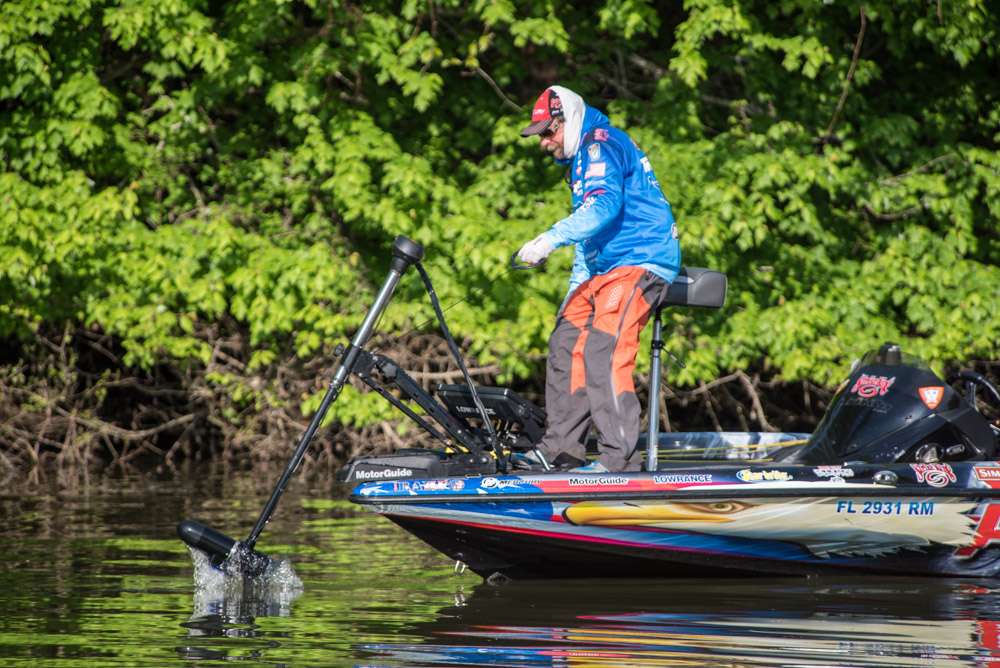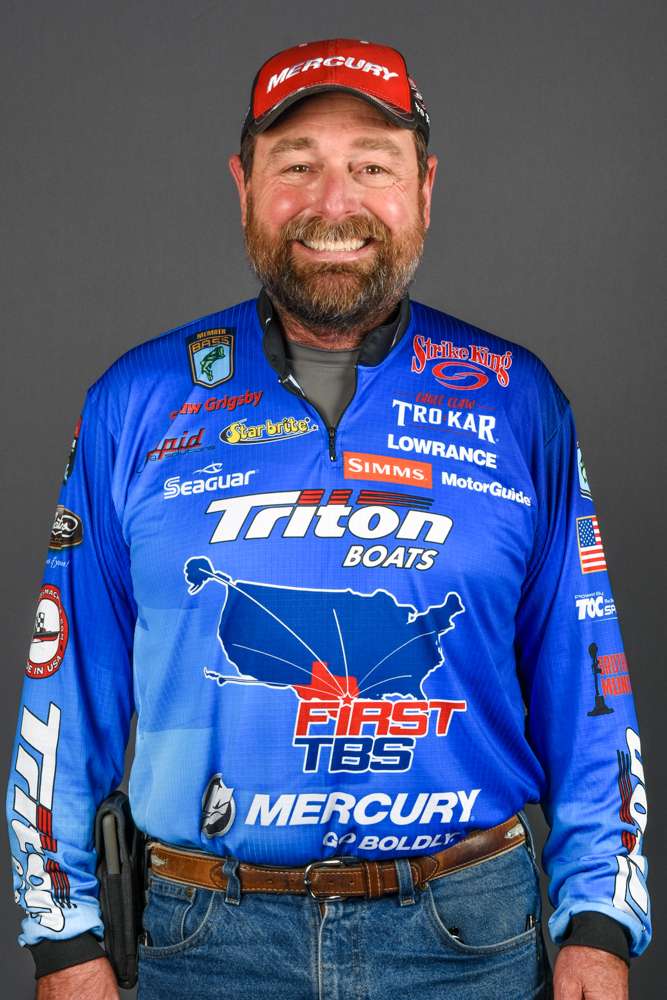
It’s easy to take your trolling motor for granted. Just grab the handle, pull, drop it into the water and fish down your favorite bank. If you stop to think about it, though, it’s actually one of the most important pieces of equipment on your boat. Without it it’s darn near impossible to fish efficiently. That’s why savvy anglers take care of their trolling motors.
Here’s a few tips towards that end I’ve learned over the years. They help keep my MotorGuide reliable.
Maintain the prop
MotorGuide uses two props. We have a two blade model for speed and a three blade model that helps us cut through grass. I have a couple of each and swap them out frequently as conditions warrant. It only takes a minute. Just spin the nut off, slip one prop off the shaft and then put a different one on and tighten it down.
When you do that check each blade for nicks. They’ll make noise if they’re rough or nicked and chipped, and nicks and chips will catch grass and degrade your motor’s performance. If they need attention, you don’t need to buy new ones. Just take a file and clean them up. It’ll only take a couple of minutes and doesn’t cost a thing.
Something else I do, and most of the other pros do it as well, is check the shaft every fishing trip or anytime the prop gets all balled up with weeds or debris. We want to make sure there’s nothing wrapped around the shaft that impedes its movement. That will reduce the motor’s efficiency and in some cases can lead to expensive repairs.
One final tip: Bob’s Machine Shop makes a replacement nut for the prop that helps quiet its noise.
Replace the rope with a cable
Ropes break. I don’t care who makes them or how often you inspect them. And when they do they can be difficult to thread and replace, depending upon the model motor you own.
I always replace mine with a metal cable that I know won’t snap when I grab and jerk on it. My replacement cables are made by Bob’s Machine Shop. They do a good job and last forever.
Maintain the battery system
Batteries are the lifeblood of any trolling motor system. If they fail, nothing else matters. Your motor is useless and your fishing day ruined.
There are several different kinds of batteries. At the top of the food chain you’ll find lithium. They last for years and years and are basically maintenance and trouble free. On the other hand they are very expensive. My preference in this group is K2.
The next choice are the sealed batteries, usually dry cell models. They don’t last as long as lithium batteries but are better than the traditional wet cell models. They’re priced in between the two and are basically maintenance free.
I use Odyssey Extreme Series batteries in my boats. They have lasted up to 10 years with no problems, and believe me when I say I use them hard.
Wet cells are comparatively inexpensive but they must be maintained. That means you need to add water on a regular basis. Every time you charge them they boil off some of the water, and even sometimes when they’re just sitting. I suggest you check them and add water — always distilled — at least once a month, every couple of weeks is even better. My preference here is Interstate.
All this battery talk brings us to the charging process…
Turn everything off on your trolling motor system before you start to charge the batteries. I go so far as to throw the breaker in the back of my boat. This completely disconnects the system.
If anything is left on, the current from the charger will back-feed into the motor and its electronic components. Over time that can create big problems, and big problems mean expensive repairs or replacements.
Take care of your trolling motor so that it’ll take care of you when you’re out fishing.

